When it comes to otherworldly literature, there is one name that should never be overlooked: H.P. Lovecraft. His contribution is the most significant. Through his unfathomable and horrifying alien monsters, his series of stories lay the groundwork for cosmic horror. Lovecraft’s works are primarily concerned with the fear of the unknown, which is one of the most powerful stimulants of fear.
The cosmos is enormous, and we are all insignificant in comparison to the cosmic gods; with this in mind, he creates a broad range of terrible animals, some of whose look alone may drive us insane. The Mythos is made up of entities that connect weird distant planets and imaginations. Even outside of the mythos, he evokes the impression that the world is a strange place, filled with dark science and beings so vile that their own malice has distorted them into monstrosities.
“The Call of Cthulhu,” “The Colour out of Space,” “The Dunwich Horror,” “The Shadow over Innsmouth,” and “The Shadow out of Time” are only a few of Lovecraft’s bizarre tales that feature his dreamscape. The Cthulhu, pronounced “Ka-Cthulhu,” is one of his fictitious creatures, first appearing in 1928 in the short story “The Call of Cthulhu.”
Since then, the creature has appeared in a slew of pop culture references, with a variety of designs by renowned artists. Along with other monsters, it is one of the most important monsters in the Lovecraftian universe. In today’s movie, we will be delving into the Cthulhu Mythos with Cthulhu and other terrifying monsters. Let us dig into The Cthulhu Mythos, Lovecraftian aficionados.
A MYSTERIOUS ORIGIN STORY OF CTHULHU
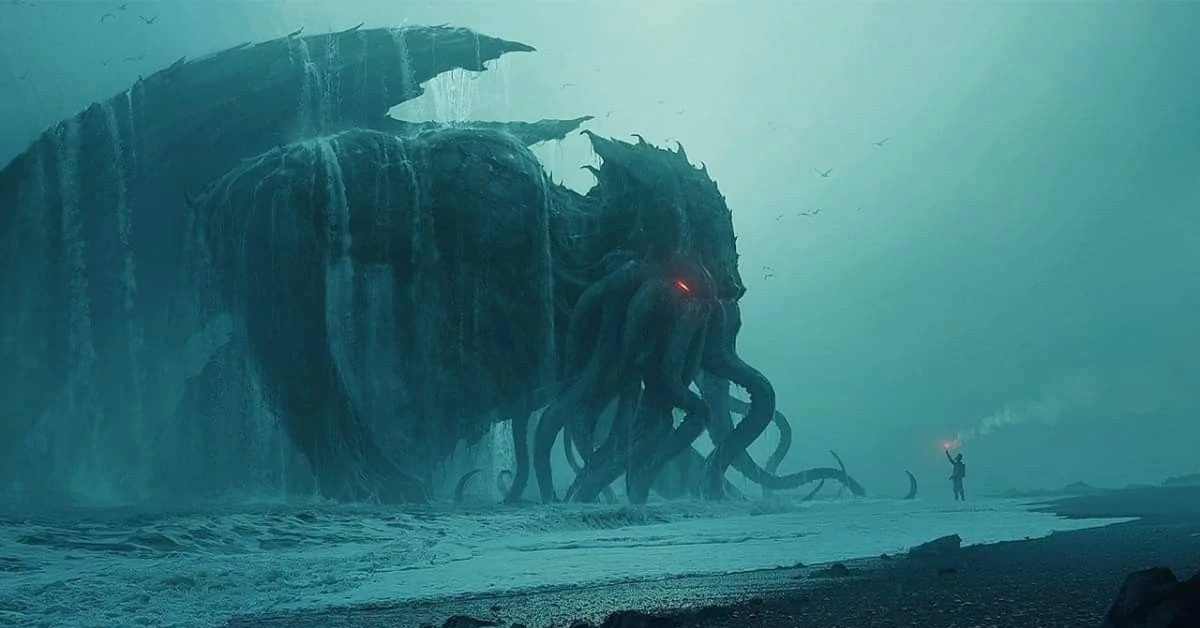
Cthulhu, one of H.P. Lovecraft’s most iconic creatures, has a cryptic origin story and talents that contribute to his terrible skills. Cthulhu is an eternal god-like creature whose origin and abilities are unknown to humans. When H.P. Lovecraft penned The Call of Cthulhu in 1926, he horrified readers with Cthulhu, a hideous entity who emerged from the sea and reformed after a boat collided with it.
Despite the fact that this is the creature’s only physical attribute, there have been physical representations of Cthulhu that remained a part of popular culture. The genesis of Cthulhu was revealed to readers in sections of The Whisperer of Darkness and At The Mountains of Madness. The protagonist of the 1931 novella The Whisperer of Darkness, literature instructor Albert N. Wilmarth, learns about the “Great Old Ones”, a race of cosmic creatures from the depths of space.
It is disclosed here that Cthulhu is one of the “Great Old Ones,” which includes all of the cosmological creatures in Lovecraftian mythology. While there are references to a battle in the depths of space, “At The Mountains of Madness” emphasized that Cthulhu and the “Great Old Ones” were all at war with one another. Cthulhu arrived on Earth and created the city of R’lyeh out of thin air before hibernating and taking the city with him to the ocean depths. This is when Call of Cthulhu enters the picture.
The monster was described as having a “vaguely anthropoid shape, but with an octopus-like head whose face was a mass of feelers” in this 1926 short tale. Since Cthulhu’s tenure on Earth, a Cult of Cthulhu has grown, spreading all across the world. The goal of this doomsday cult was to awaken the Old One and usher in an apocalyptic period of darkness in which the human race would kill itself in a fit of craziness. This narrative also revealed some of Cthulhu’s incredible powers.
A single glimpse of the creature’s visage would make a human insane, implying that the video game based on the short tale comprehended the character best by giving him only a quick cameo at the conclusion. Cthulhu’s immense power is difficult to understand, as he is near Godlike and immortal. Cthulhu’s visage easily reforms when the protagonist of the narrative smacks it in the head with a boat. Cthulhu also has psychic talents and can converse telepathically, as if that wasn’t enough.
As a result, it was able to establish a cult while sleeping. The most intriguing aspect about Cthulhu is that it is not the most formidable creature in Lovecraft’s canon. That honor goes to Azathoth, the center of the world and ruler of the cosmic pantheon. In actuality, Cthulhu is simply a footnote in Lovecraft’s writings in the big scheme of things. So, what’s the big deal with Cthulhu?
Why is it important for people to know if Cthulhu will emerge in Rick and Morty? What distinguishes this creature? According to Publisher’s Weekly, Lovecraft’s works, such as The Colour Out of Space, are nevertheless horrifying to current audiences and have had a lasting impact on society and the horror genre. Past that point, people have a strong apprehension about what is beneath, and Cthulhu excels in this regard.
THE CTHULHU MYTHOS DEVELOPMENT
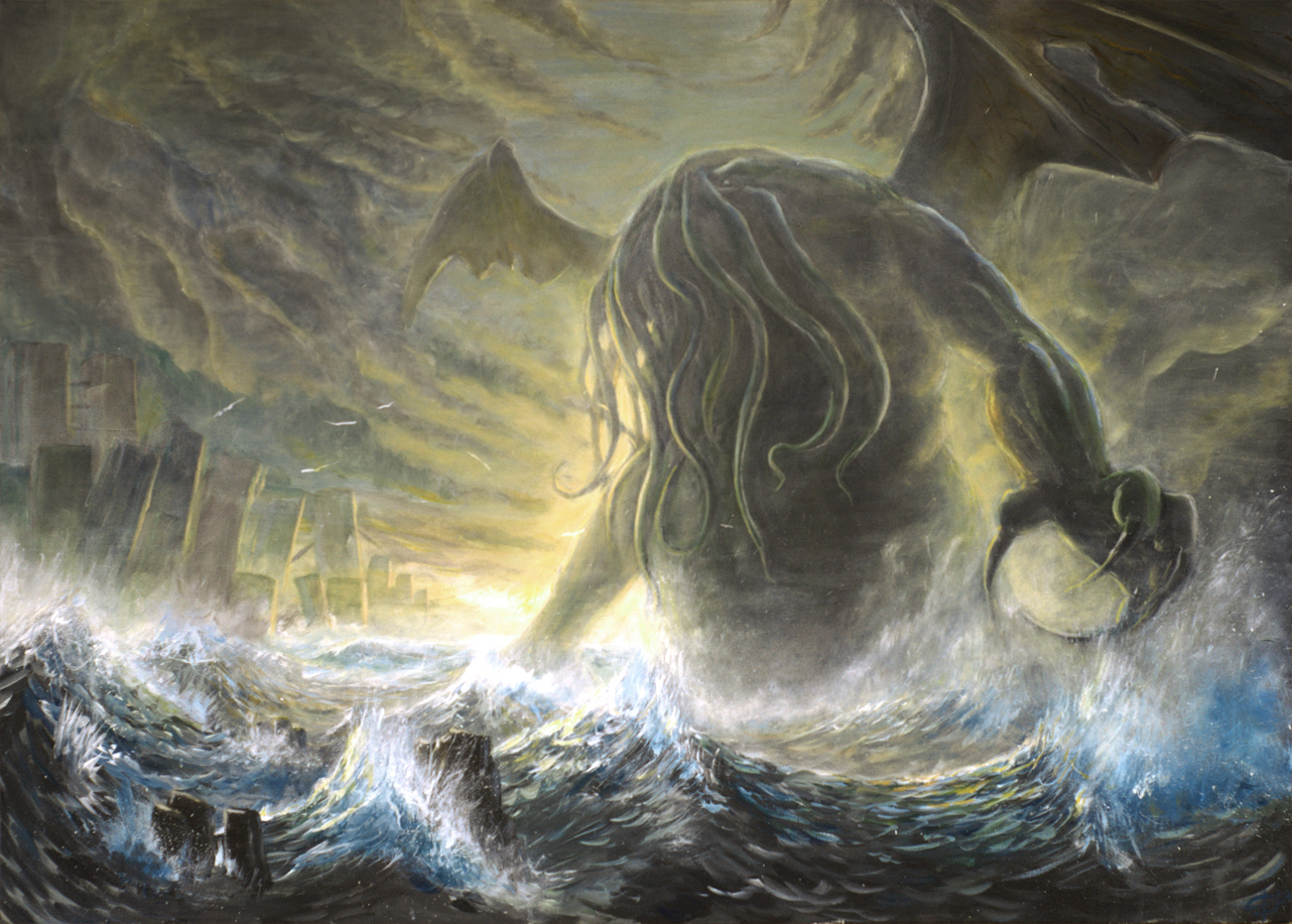
In his article “H.P. Lovecraft and the Cthulhu Mythos,” Robert M. Price observes two stages in the formation of the Cthulhu Mythos. The first stage, or “Cthulhu Mythos proper,” as Price refers to it, developed during Lovecraft’s lifetime and was influenced by him. The Cthulhu Mythos includes the elements, characters, places, and themes that may be found in the works of H.P. Lovecraft and other horror fiction writers.
They comprise the mythos upon which writers working in the Lovecraftian setting have relied upon and continue to rely in crafting their novels. August Derleth, a writer, is credited with coining the word. Although this legendarium is occasionally referred to as the Lovecraft Mythos, most notably by Lovecraft researcher S.T. Joshi has long evolved beyond Lovecraft’s original idea.
The second stage came after Lovecraft’s death when August Derleth sought to categorize and extend the Mythos; writer Richard L. Tierney later used the phrase “Derleth Mythos” to differentiate between Lovecraft’s writings and Derleth’s later stories. During the later half of Lovecraft’s life, the authors of the “Lovecraft Circle,” a group of writers with whom Lovecraft communicated, shared a lot of tale material.
Lovecraft realized that each author had his own story cycle and that a component from one cycle would not inevitably become part of another merely because a writer utilized it in one of his stories. For example, while Smith may reference “Kthulhut” (Cthulhu) or Log-Sotôt (Yog-Sothoth) in one of his Hyperborean stories, this would not imply that Cthulhu is a member of the Hyperborean cycle. A noteworthy exception is Smith’s Tsathoggua, which Lovecraft adopted for his rewrite of Zealia Bishop’s “The Mound.”
Lovecraft effectively related Smith’s invention to his story cycle by setting Tsathoggua in underground K’n-yan with Tulu, Yig, Shub-Niggurath, and Nug and Yeb. The majority of the elements of Lovecraft’s Mythos were not a result of cross-pollination between the various Lovecraft Circle story-cycles but were instead developed by each writer specifically into becoming part of the Mythos, the most striking example being the numerous arcane grimoires of verboten lore.
So, in “The Children of the Night,” Robert E. Howard’s character Friedrich von Junzt reads Lovecraft’s Necronomicon, and Lovecraft, in turn, references Howard’s Unaussprechlichen Kulten in both “Out of the Aeons” and “The Shadow Out of Time”. Howard communicated often with H. P. Lovecraft, and the two would occasionally use references or pieces from one other’s settings in their writings. Later editors rewrote several of Howard’s original Conan stories, diminishing this relationship. Nonetheless, several of Howard’s uncut Conan stories are undoubtedly Cthulhu Mythos-related.
The second stage commenced with August Derleth, who expanded on the mythology and created the elemental system, which linked the pantheon to the four elements of air, earth, fire, and water. It is critical to differentiate between Lovecraft’s stories in order to comprehend the adjustments that Derleth made to Lovecraft’s Mythos.
According to Price, Lovecraft’s works may be split into three groups: the Dunsanian, Arkham, and Cthulhu cycles. Instead of distinguishing between Lovecraft’s many cycles, Derleth amalgamated them, discarding individual characteristics, to create a huge, one story-cycle. Derleth, for instance, seized Nodens from the Dunsanian cycle and joined forces with the Elder Gods against the Old Ones.
Derleth also added a good vs evil duality into the Mythos, which contrasted with Lovecraft’s and his immediate circle’s gloomy, nihilistic vision. Derleth appears to have classed any narrative that included a mythos aspect as belonging to the Cthulhu Mythology, and so any other element in the story became part of the mythos as well.
As a result, because Lovecraft mentioned Clark Ashton Smith’s Book of Eibon in passing, Derleth added Smith’s Ubbo-Sathla to the mythology. The Mythos would actually develop greatly as a result of Derleth’s vast canon.
WHAT IS THE ESSENCE OF THE MYTHO
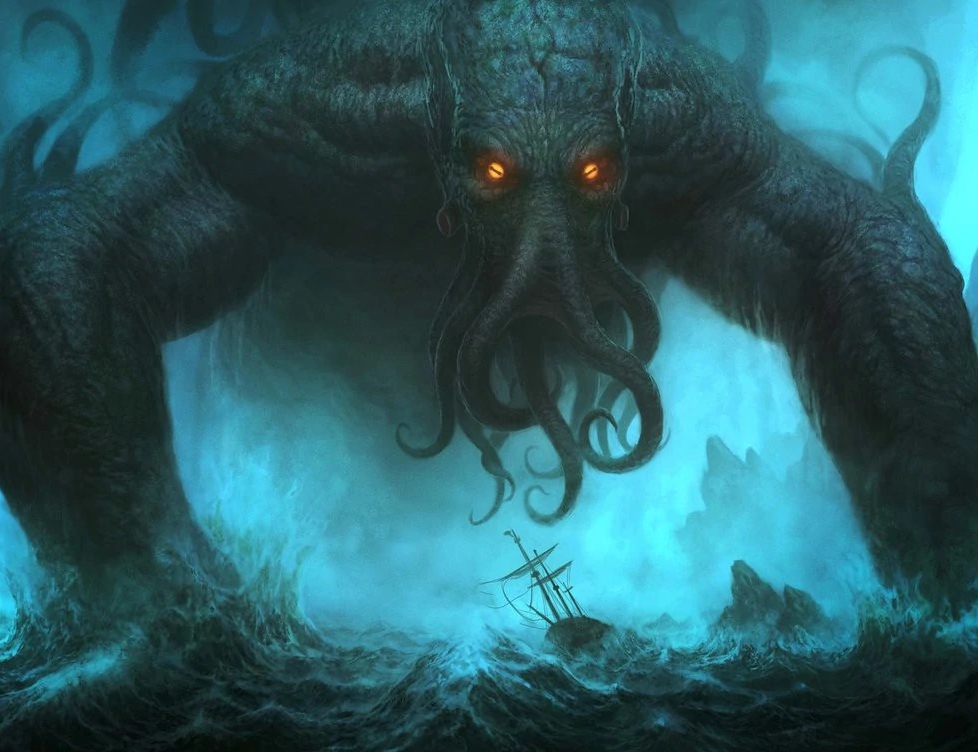
The core of the Mythos is that the human world and our place in it are a mirage. Humanity is trapped in a fragile bubble of awareness, oblivious of what lies behind the drapes or even of the curtains themselves, and our apparent dominion over the planet is false and fleeting. We are fortunate in that we are unaware of what lurks latent in the mysterious shadowy places on Earth and even beyond.
“The most merciful thing in the world, I suppose, is the incapacity of the human mind to connect all its contents,” Lovecraft famously starts his short novel The Call of Cthulhu. Individuals might occasionally, via chance or negligence, obtain a sight of, or even encounter, the old alien creatures that the mythology revolves around, generally with disastrous repercussions.
Other times, they are encountered by their non-human followers and slaves, whose presence shatters the worldview of people who come across them. Human followers are also present. Because of the limits of the human intellect, these deities’ manifestations are frequently so overwhelming that they drive a person mad. They are shown as neither good nor evil; under the Mythos, these are notions created by our species to explain what are actually unexplained motives and deeds.
The Call of Cthulhu was the first tale in which Lovecraft recognized and fully exploited these elements, which is why his mythos was eventually called after the entity in this story since it set a new path in both his writing and the horror fiction genre. This is also Lovecraft’s first and only narrative in which humanity and one of the supernatural creatures known as the Great Old Ones meet.
Lovecraft employed less supernatural aspects in his last years of writing to portray the evils that beset mankind. Rather, he eventually replaced them with non-supernatural cosmic creatures and events founded on principles other than the natural laws of our own space-time continuum. This sci-fi theme is most evident in works like, At the Mountains of Madness.
SOME INTERESTING FACTS ABOUT CTHULHU MYTHOS?
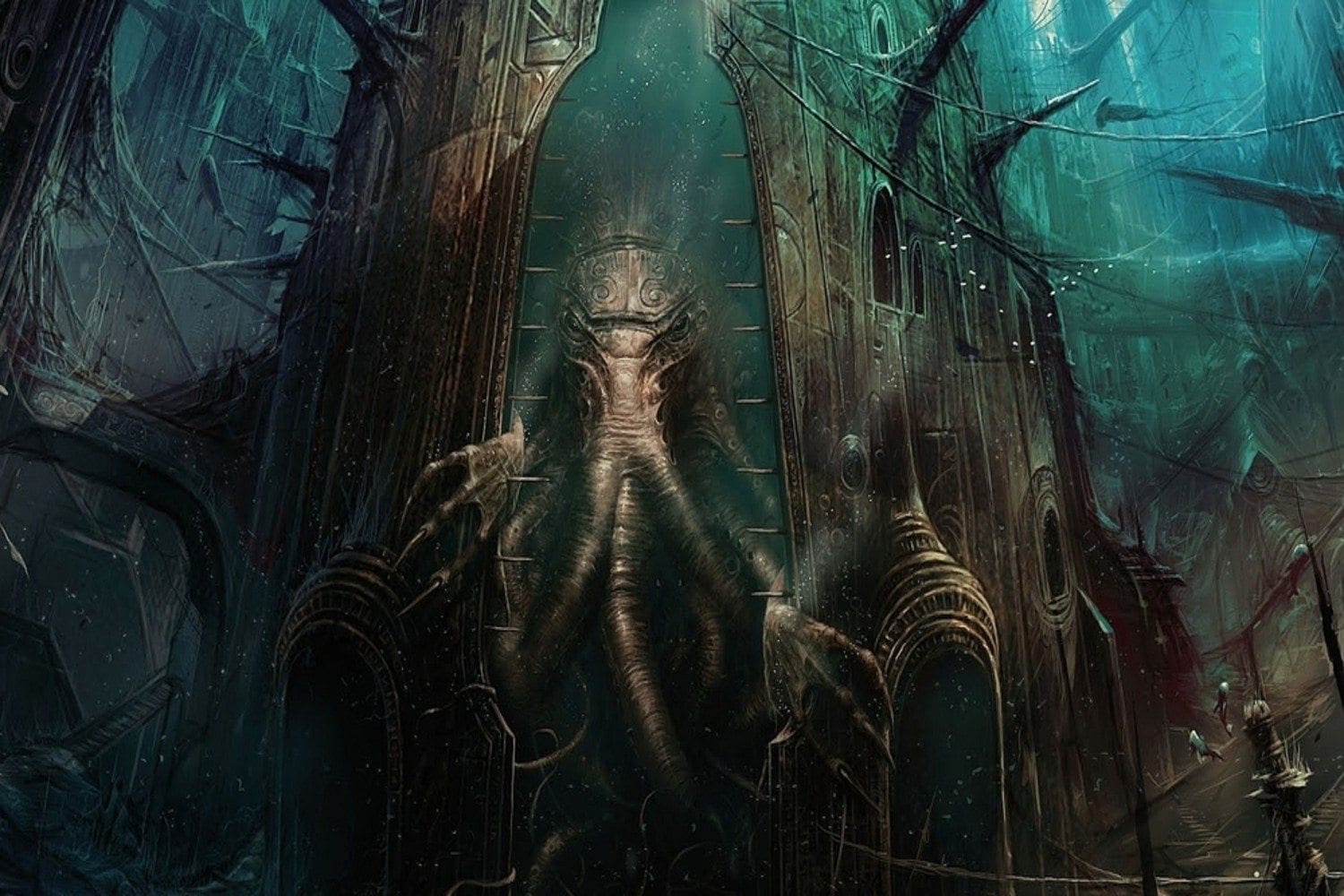
There is no right way to spell “Cthulhu,” according to Lovecraft. With the tip of the tongue firmly glued to the roof of the mouth, the best approach is to grunt, bark, or cough the inadequately formed syllables Cluh-Luh. Cthulhu is the most well-known of the universe’s gods, yet he is far from the most powerful. Azathoth, the sleeping “Blind Idiot God,” holds this place, “whose name no lips dare proclaim aloud.” The entire universe is merely a dream that will end abruptly if he wakes up. Lovecraft jokingly called his mythology ‘Yog-Sothothery’.
SCARIEST MONSTERS FROM LOVECRAFT’S CTHULHU MYTHOS
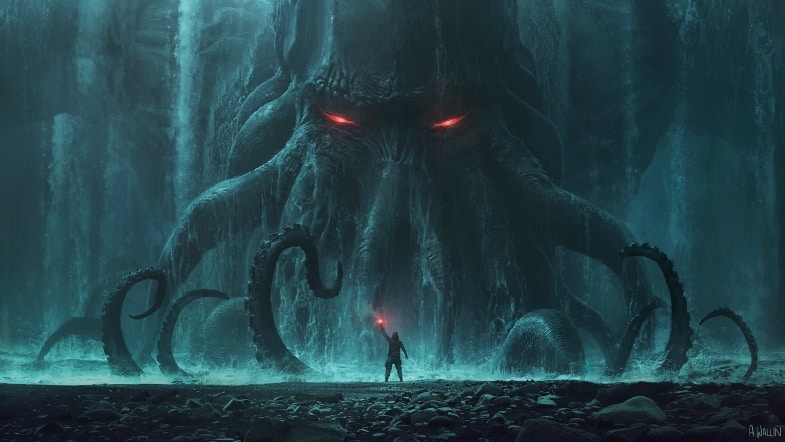
HP Lovecraft’s writings are plenty with strange monsters, but these ten may have been the most terrifying of them all.
Nodens
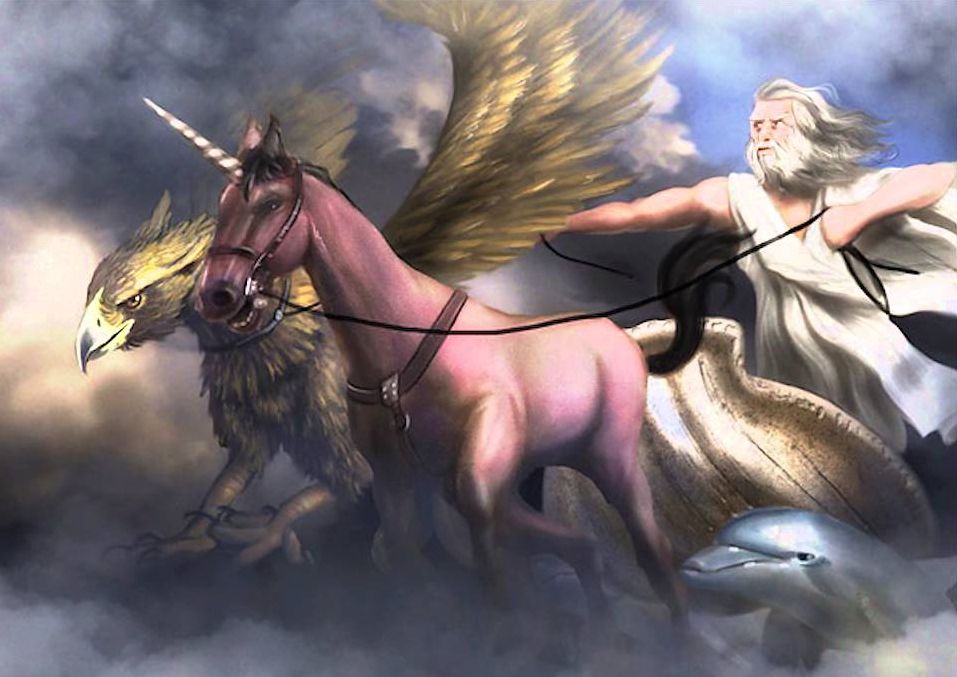
Nodens originally appeared in Lovecraft’s short story “The Strange High House in the Mist,” which was published in 1926. The figure is based on Nodens, a Celtic god who was revered in ancient Britain. The deity has the appearance of a ferocious elderly man with grey hair and a big beard. He is claimed to travel on a chariot made of a massive seashell, and the entire thing is pushed by legendary creatures. In the novella “The Dream-Quest of Unknown Kadath,” he reappears.
Nyarlathotep
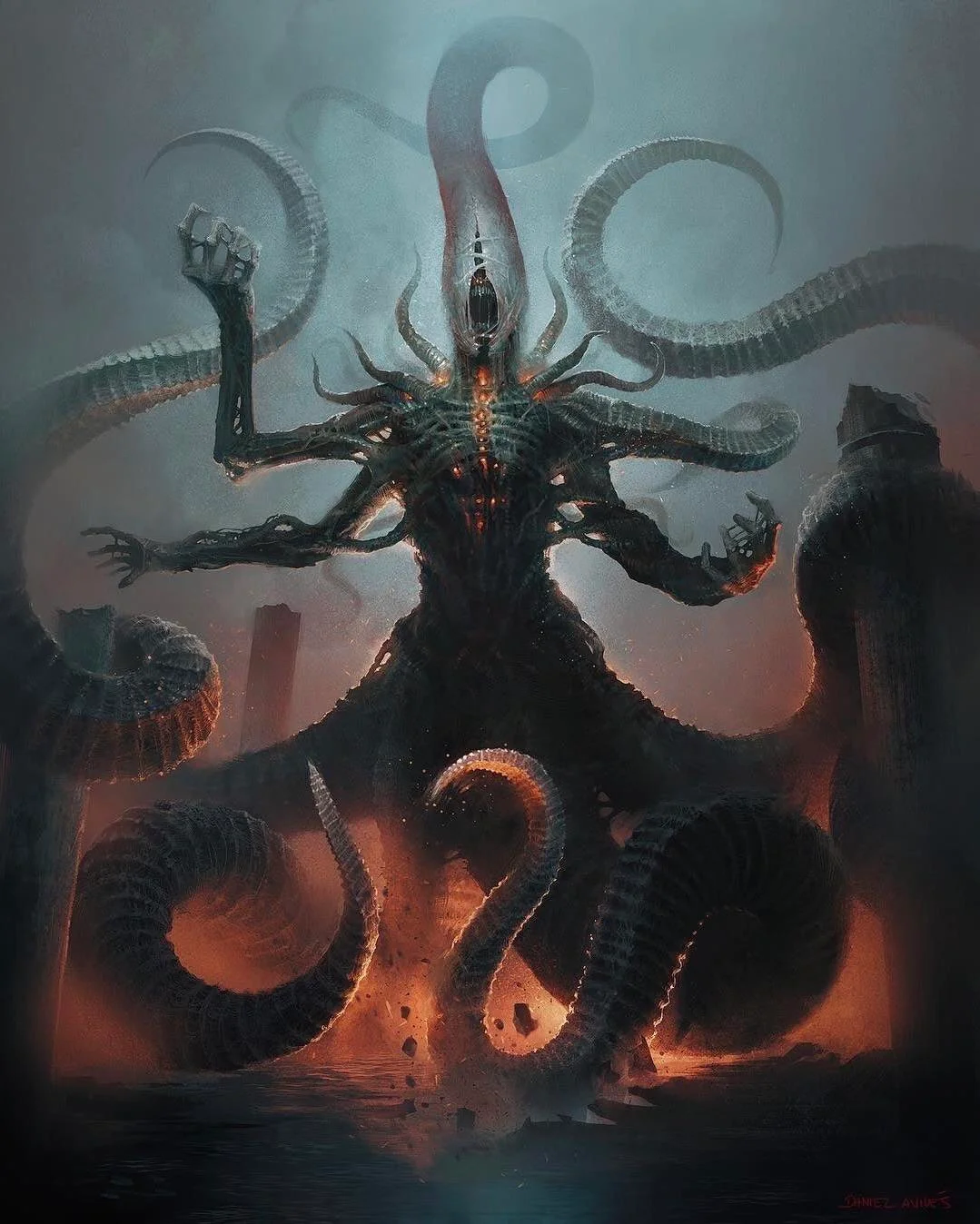
Nyarlathotep, also known as Crawling Chaos, is a demonic shape-shifting deity who is supposed to be capable of taking 1,000 different forms. The figure first appeared in Lovecraft’s poem Nyarlathotep, which was published in 1920. He also featured in the stories “Unknown Kadath’s Dream Quest,” “Fungi from Yuggoth,” and “The Dreams in the Witch House”. Nyarlathotep, like practically every other monster in the Cthulhu Mythos, is so terrifying that just seeing him is enough to drive a human mad. What makes this monster particularly frightening is that he can, and regularly does, take on the guise of a human, an Egyptian Pharaoh, no less.
Azathoth
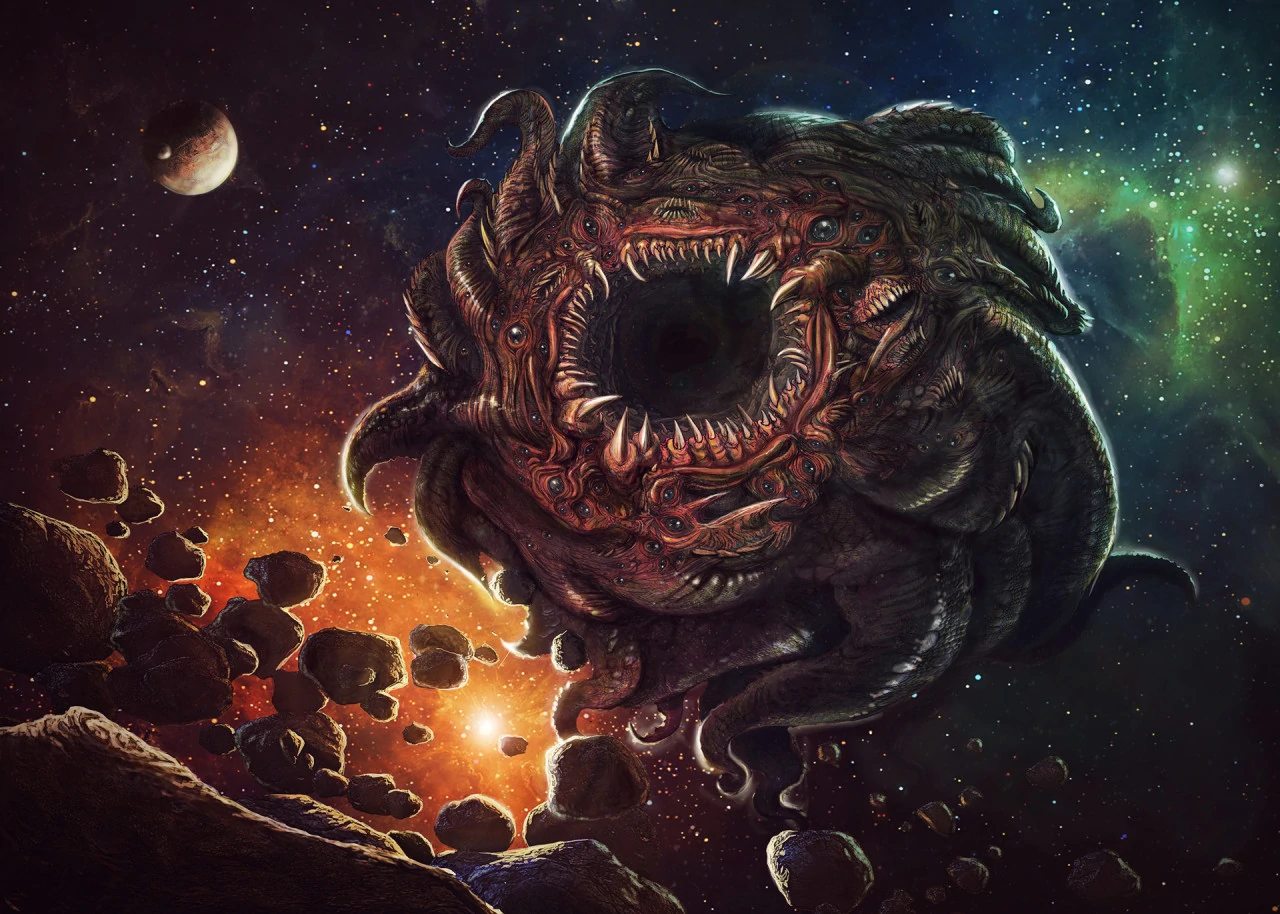
Azathoth, also known as The Blind Idiot God or Nuclear Chaos, is a formidable but cognitively limited cosmic monster that first appeared in a published Lovecraft tale in “The Dream-Quest of Unknown Kadath” and is later mentioned in “The Whisperer in Darkness” and “The Haunter of the Dark.”
Azathoth is thought to float at the heart of the cosmos, dormant at all times. Less powerful gods use cosmic drums and flutes to lull Azathoth to sleep. The deity is shaped like a demonic cloud formation. It is thought that if Azathoth awakens for a minute, he has the capacity to annihilate the human race.
Yibb-Tsll
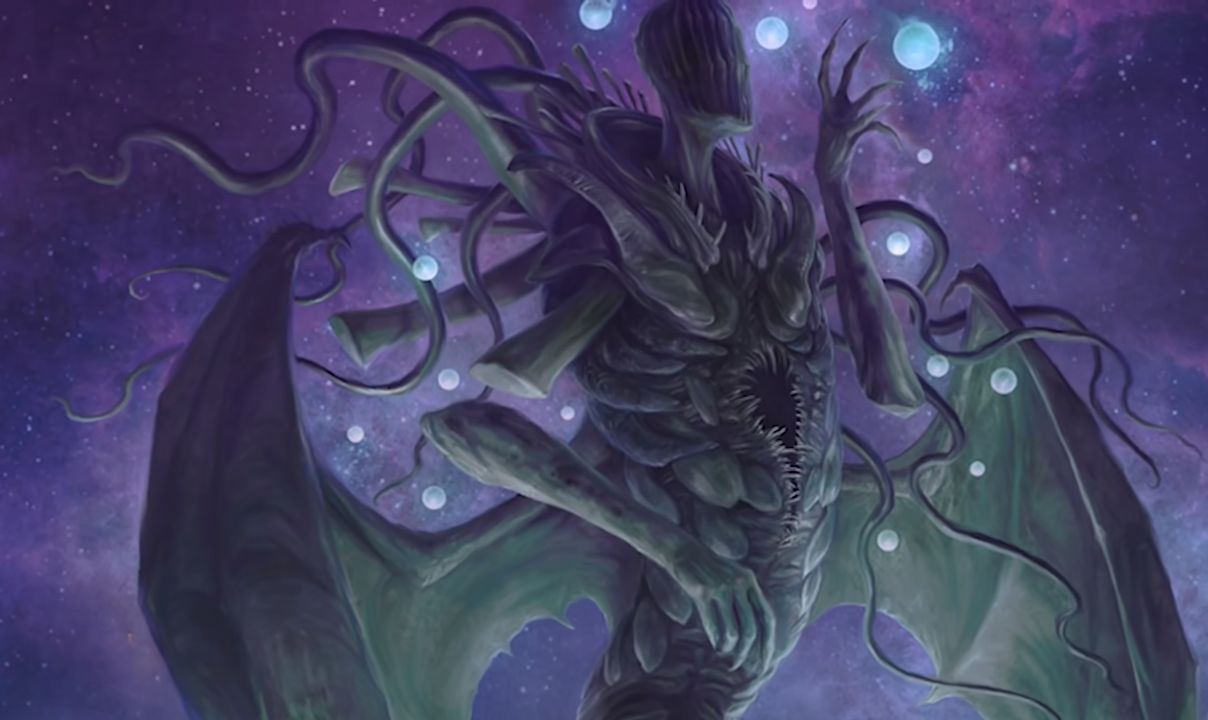
Yibb-Tsll is characterized as a giant humanoid entity with bat wings and eyeballs divorced from its head, and it is constantly suckling cosmic vampire kids, making the figure somewhat effeminate. The character is claimed to be able to see everything in the cosmos at any given time and to be able to travel between time and space with ease. It can even choke individuals with its dark alien blood.
Yomagn’tho
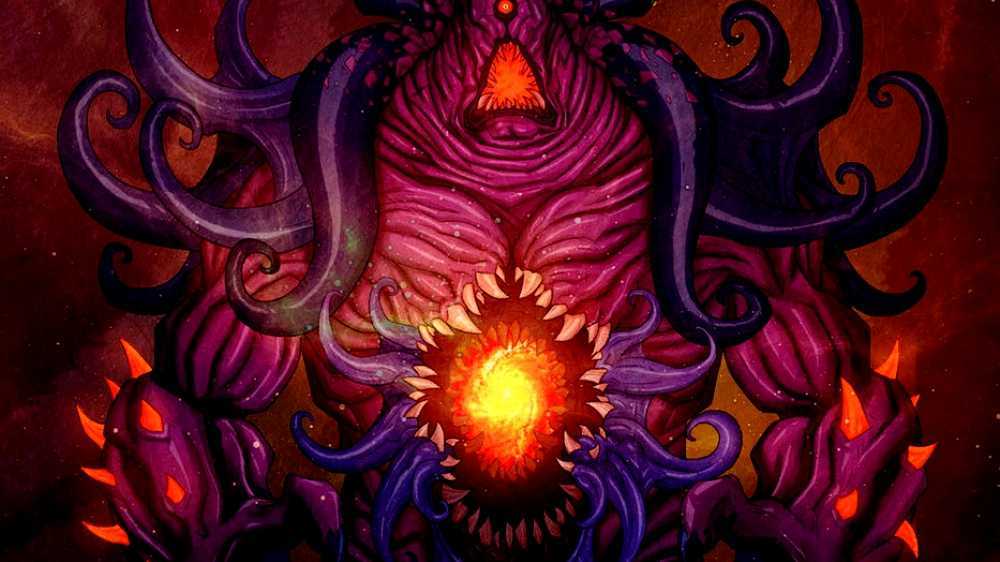
Yomagn’tho or The Feaster from the Stars, is a ruthless god hell-bent on annihilating humanity. When he is brought to Earth, he is supposed to resemble a little ball of fire, and the reptile beings of another world adore him as a deity.
Y’golonac
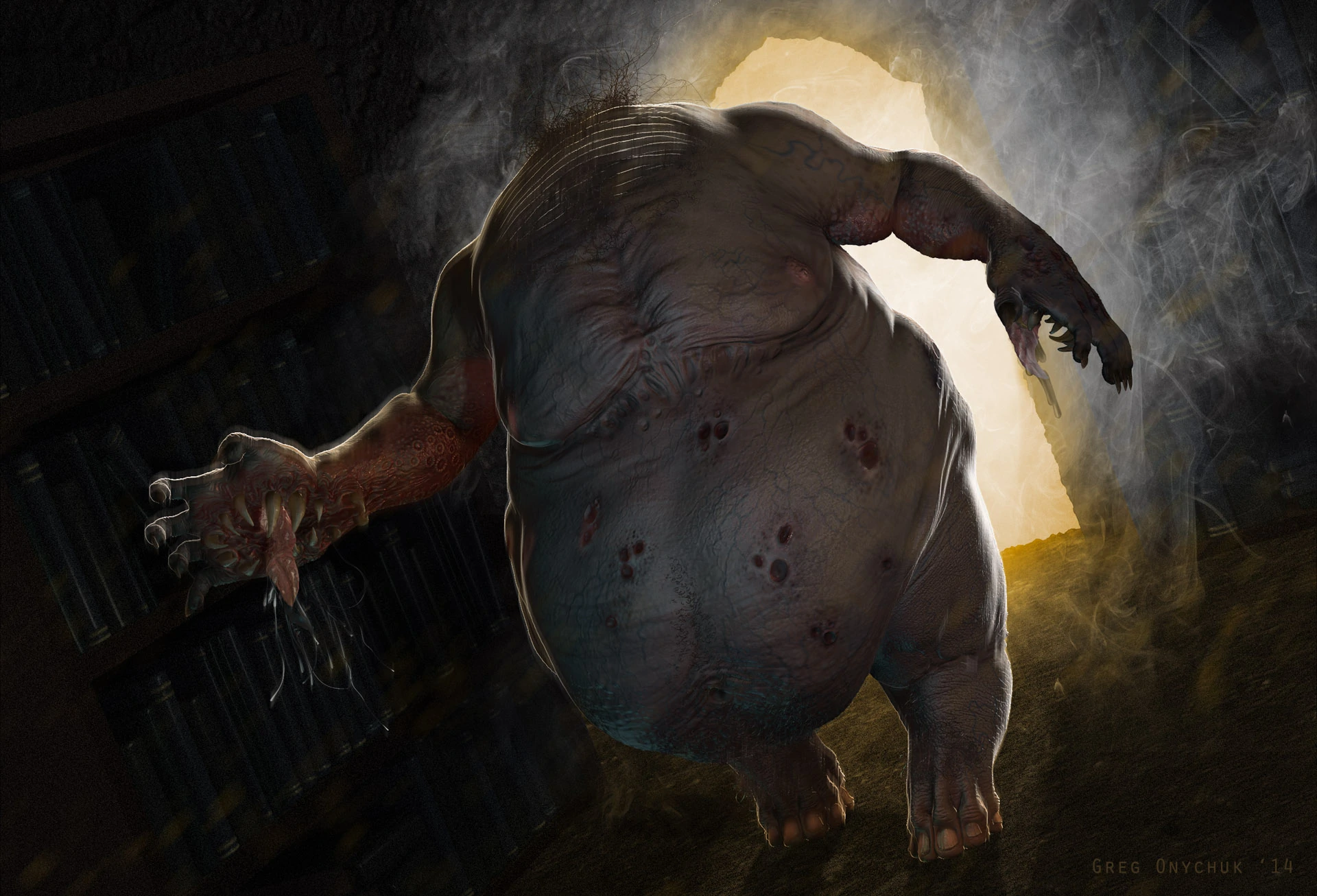
Y’golonac, the Defiler, was invented by Ramsey Campbell and first appeared in the 1969 novella “Cold Print.” Y’golonac is like the Marquis de Sade of the Cthulhu Mythos. He is the deity of perversions and evil desires. Y’golonac, like Voldemort, maybe summoned simply by saying his name. He is comparable to Nyarlathotep in that he can change shape and dwell among people, but he is far more malevolent. He frequently appears as an obese guy with no head or neck and mouth in his palms.
Glaaki
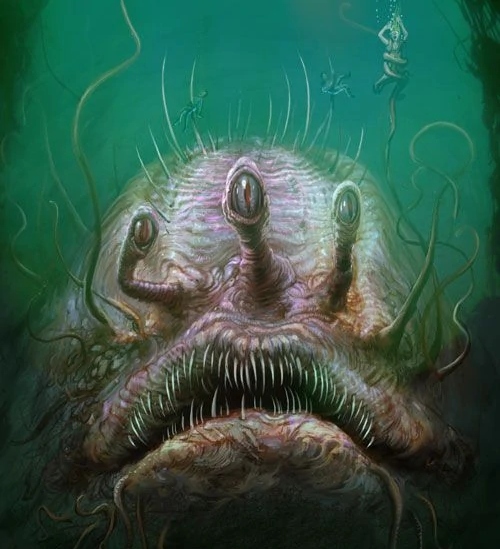
Glaaki is said to have the appearance of a large slug with long metallic spines. Glaaki also possesses eyes at the tips of lengthy tentacles that serve as telescopes on a submarine. Ramsey Campbell developed the character, who first appears in his novella “The Inhabitant of the Lake.” Glaaki initially arrived on Earth as a meteor, according to folklore. He’s exceedingly lethal; he can kill people by injecting them with a highly poisonous fluid through his spines. The fluid is so potent that it has the potential to convert the afflicted into a zombie servant.
Lu-Kthu
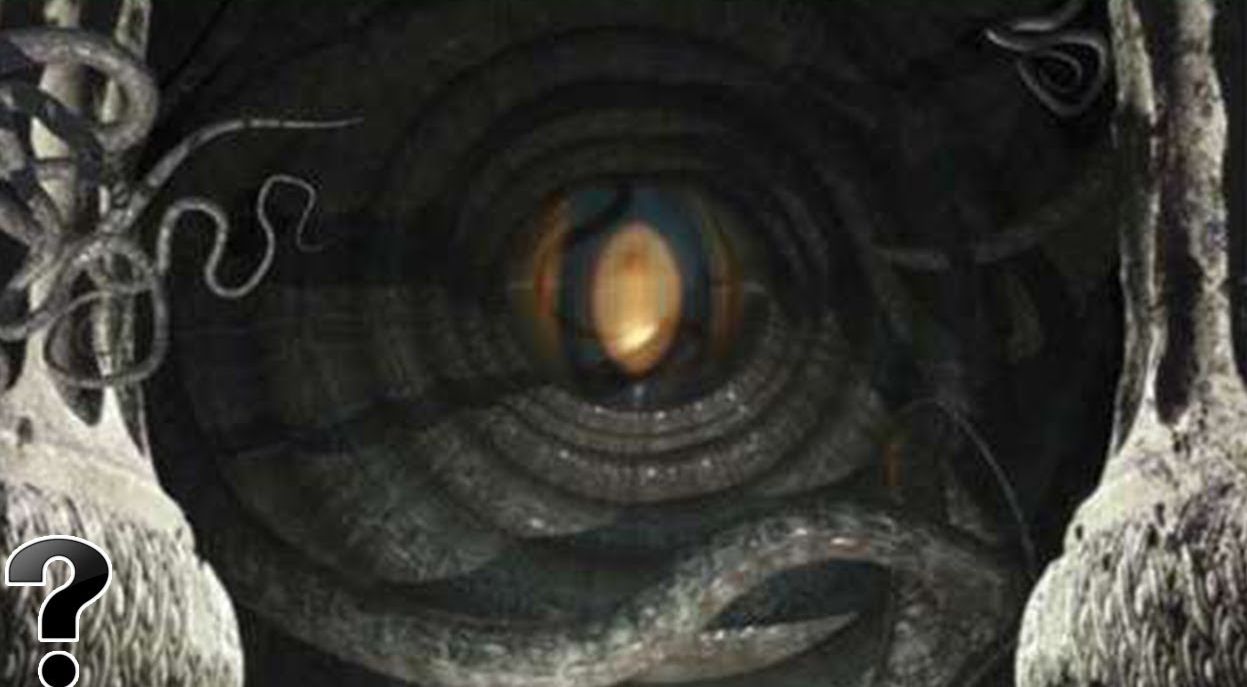
Lu-Kthu, also known as the Birth-womb of the Great Old Ones or Lew-Kthew, is a globe of intestines and entrails the size of a planet. It’s reported to be moist and covered with warts and pustules, with each pustule carrying an immature larva of a “Great Old One.” James Ambuehl developed the character, which is thoroughly discussed in Ambuehl’s tale Correlated Contents.
Mordiggian
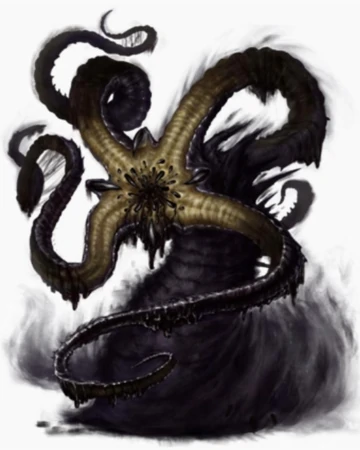
Clark Ashton Smith invented Mordiggian, who first appears in the novella “The Charnel God.” Mordiggian is a vacuum, amorphous being who absorbs all of the heat and energy around him, significantly reducing the temperature of wherever he is at any one time. He is revered among ghouls. Mordiggian assaults his victims by consuming their energy and literally disintegrating their bodies, much like Kirby and a komodo dragon.
Yig
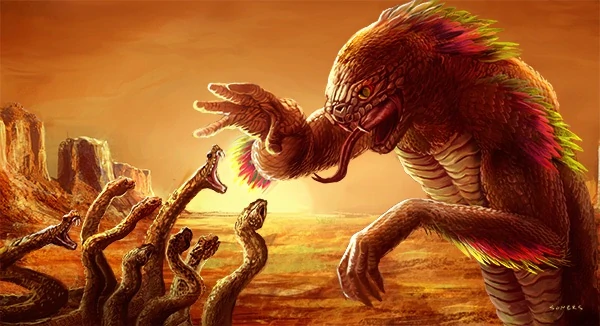
Yig the Serpent Father emerges as a snake-man hybrid, a serpent with bat-like wings, or a huge snake. Yig initially appeared in Lovecraft’s novella “The Curse of Yig,” which was first conceived by Zelia Bishop and later rewritten by him. He’s a kind enough person until you cross him, and then you have to answer to his progeny, his army of slithering minions.
